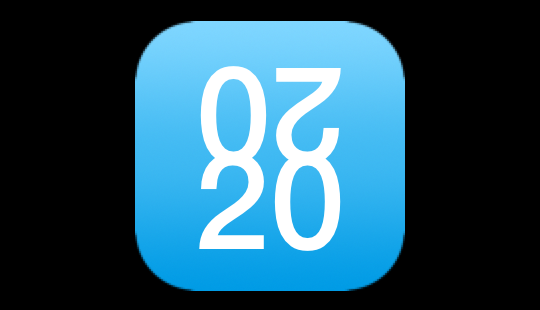I've written about my backup strategies a couple times in the past, and wanted to discuss the change I just made that I'm VERY happy with.
Same Old Problem, New Concerns
I kept non-OS files on a RAID 1 array (that has had two disks fail in it's lifetime, hurray for RAID!), giving them reasonable local hardware fault tolerance. I'd manually back that whole business up to an external drive every once in a while, but not regularly enough. On the RAID 1 array, I had two sets of cloud-backed folders: Dropbox and Google Drive.
Space on Google Drive is roughly half the cost of Dropbox ($5/mo/100GB versus $9.99/mo/100GB if you pay monthly), so I use the former for bulk storage. Things like pictures ended up there, and I've used most of the space. I use the Dropbox folder for documents and all of my iOS development stuff, which all fit comfortably in the free 5GB of storage allotted. This has worked out wonderfully, as I can develop from either my rMBP or my MBA since Xcode simply looks at the synced Dropbox folder.
So that was all pretty good - I had good local hardware redundancy, cloud services that would maintain previous versions of changed files for about 30 days, and periodic manual snapshots of everything. Here's the catch: Since my new 15" Retina MacBook Pro arrived a few months ago, the use of my Windows PC has plummeted to the point where I can't remember the last time I turned it on. I'm now working out of Google Drive and Dropbox on the rMBP, but with no local hardware redundancy like the PC had.
And there's a new concern since the last time I rejiggered my backup strategy: I've got an iOS app in the app store and really don't want to ever lose anything related to it. What if I accidentally delete some file and don't notice till 30 days has passed and Dropbox has forgotten about it? I use Xcode's built in version control, but that's only as reliable as the repository is. I need a reliable backup of my repositories too.
Option 1: Time Machine
Time Machine is a service baked into OS X that will automatically perform backups at daily and weekly intervals. You point it to a dedicated disk, and Time Machine maintains 30 days of nightly backups, and as many weekly backups as will fit. Sounds like it'll do the trick, and I'd need a hefty external drive.
After some research, I settled on an Icy Dock IcyRAID USB 3.0 HDD enclosure (2 internal bays, auto-sets them up as individual drives, RAID 0, RAID 1, or spans them) with a single 4TB HGST Deckstar HDD. The plan was to populate the other bay with my existing 1.5TB drive and eventually buy another 4TB drive to take its place and rebuild it as a RAID 1 array. This solution was about $300, and I'd use it as a Time Machine drive on my rMBP.
But this was still scary. Those daily and weekly snapshots are not backed up, they exist only on this drive. I could correct that by adding another drive (bringing the cost up to $500), but the enclosure could fail too. It wasn't enough. Also, I don't need to backup my entire Mac, all I really care about is what lives in Dropbox and Google Drive.
Option 2: Dropbox Pro with Packrat
While digging around Dropbox documentation for information on restoring files, I discovered a feature called Packrat. Available only with Pro (paid) accounts, Packrat saves all file changes forever (provided you keep paying). So not only do you have the rocks solid reliability of Dropbox, but you have every single change of every single file going back as far as you've had the feature. This is much better than Time Machine for my application.
I signed up for the 100GB Pro plan ($99/yr) with Packrat ($49/yr) and cancelled the external drive setup. This obviates the need for the one time Time Machine drive purchase of $300, but becomes more expensive after two years pass. The extra cost over time is most certainly worth it, because I never have to worry about hardware reliability and I get much finer grained recovery options.
Between Google Drive and Dropbox, I'm now paying about $200/yr for backup, and it's absolutely worth it, and in my opinion, critically necessary. I'd advise you take the time to review your own backup strategy now.

